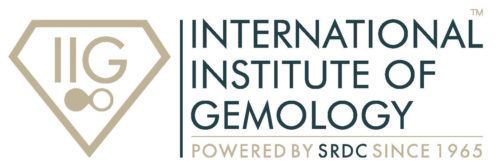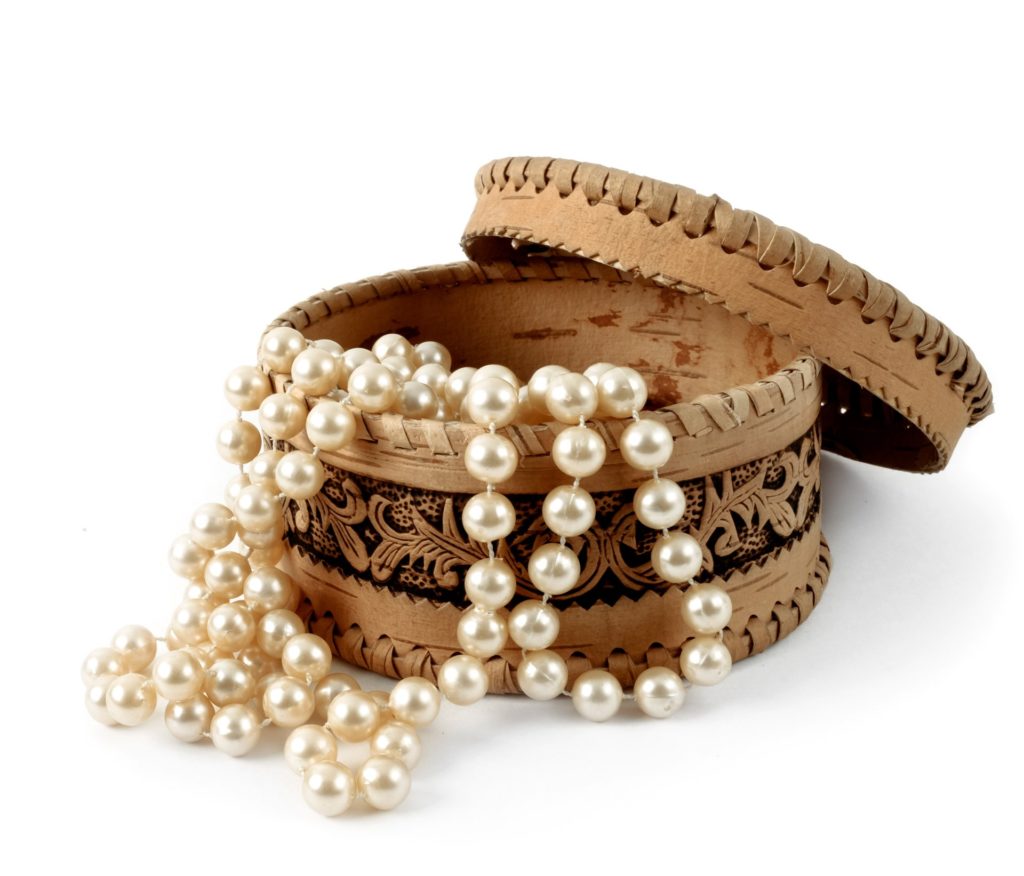|
Getting your Trinity Audio player ready...
|

Pearls are a beautiful and classic gemstone, which is highly regarded and add a touch of elegance to an outfit. In older times pearls were extremely highly prized as they were completely natural and therefore very rare and rather costly. Royalty loved wearing them to show off wealth and status and even sewed pearls into some of their clothing. Nowadays because of changes in technology and therefore the way pearls are cultured, there is a wider market for these gems, making them much more accessible and affordable in jewellery.

The definition of a pearl is a lustrous, hard spherical mass made up of Nacre, protein and a nucleus. In the wild a natural pearl forms when an oysters shell is breached by an irritant, normally a grain of sand or sometimes it can be a piece of their own shell broken off inside. The mollusc inside the shell then tries to protect itself from the intruder and starts to cover it in calcium carbonate. Over the years more and more layers form over the irritant and a pearl is formed. The size of the pearl can depend on a few elements including the age of the oyster and the size of the original irritant. The arrangement of the layers of nacre determine the lustre of the pearl and generally, older oysters produce finer more lustrous pearls.
Cultured pearls are similar to the natural pearl in that an irritant is present inside the molluscs shell and the mollusc will cover this in its nacre (also known as the mother of pearl) but the irritant has been placed inside by human intervention. It used to be that cultured freshwater pearls were small rice like shaped gems so originally when the cultured pearl businesses started out there was not much call for them but as knowledge and technology have advanced, the shape, size and quality of cultured pearls have improved considerably. Sometimes it is tricky to tell if you have a natural or a cultured pearl but the common belief is if you run your teeth over the surface of the pearl – if the pearl is natural then the surface will be slightly grainy, if it is a cultured pearl then it should be smoother.

Freshwater pearls and river pearls are essentially the same things, as all freshwater pearls are created in freshwater, lakes, rivers and streams. Lots of different mussels produce freshwater pearls and normally the molluscs will create quite a few pearls in their shell rather than just the one. Unionidae and Margaritiferidae are the main types of mussels that are cultured and produce fine pearls. A freshwater mollusc that has a thicker shell generally produces finer pearls. Saltwater molluscs generally tend to produce one pearl in each shell and normally these are of a finer quality to the freshwater pearls.
When pearls are harvested from the mollusc the colour can vary and some are not a particularly desirable colour to the consumer. Treatments are undertaken with the majority of cultured pearls to make them better quality, colour and shape. There are various different techniques and some include dyeing, irradiating, oiling, bleaching, waxing and tinting to name a few. The majority of white pearls have been breached as this is not their natural colour. The colour a pearl has depends on what mollusc the pearl comes from. There are various types of mollusc that tend to produce different colours; natural colours can vary from black to gold to apricot. Dyed pearls can come in almost every colour under the sun but you can normally tell whether they have been dyed.

Tahitian pearls come from the area around Tahiti and the majority of them have a black hue, most are undyed but some may be. Other colours are available but most are black and black variations; such as green black and blue-black. The pearls here come from a seawater black-lipped pearl oyster. South sea pearls are regarded as the rarest cultured pearl and also the most costly. They have a brilliant lustre and shape and come in beautiful colours naturally.
Akoya pearls are highly prized pearls and are said to be the best saltwater oyster to produce the lighter coloured pearls that come in various colours including rose pink and gold. It’s these ones in particular that are the most desirable for necklaces as they are known for their superior quality and lustre.

